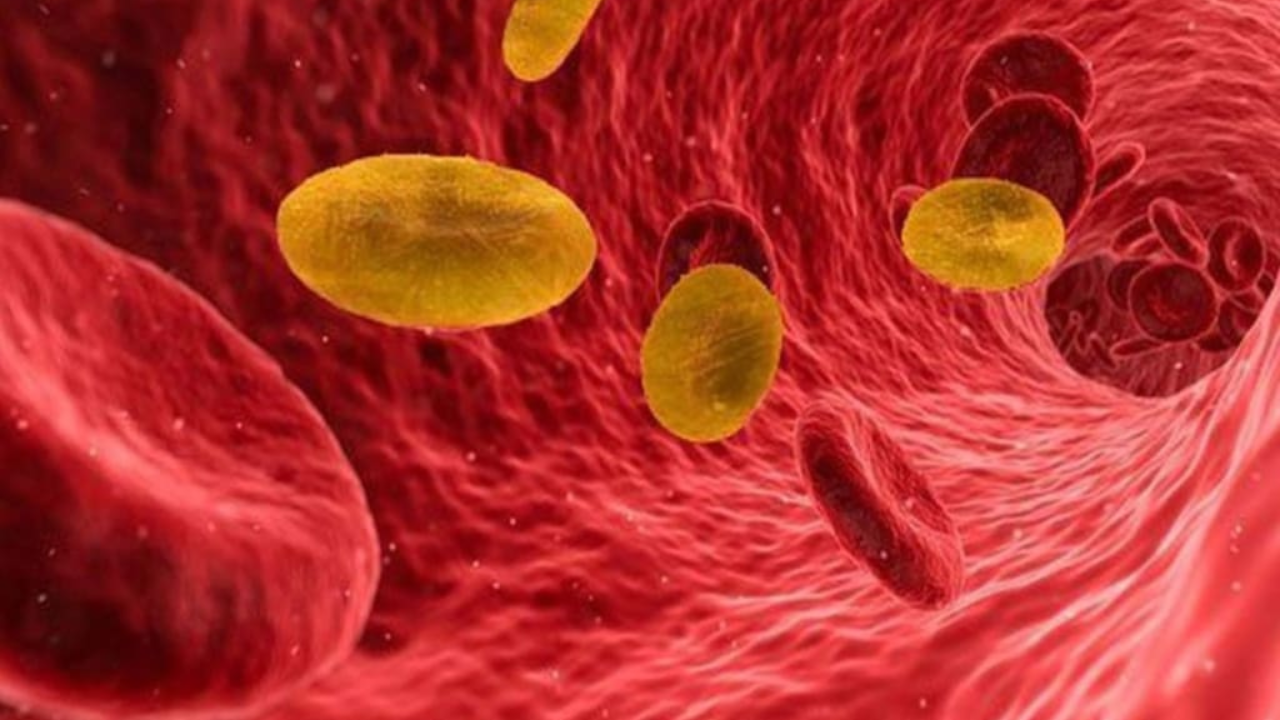In the intricate tapestry of human biology, blood types have long intrigued scientists and laymen alike. While most of us are familiar with the common A, B, AB, and O blood groups, there exists a rare phenomenon that stands out like a glimmering gem among stones – the Golden Blood Type. This enigmatic classification is so rare that it has been deemed the “holy grail” of blood types, captivating the imagination and sparking curiosity across the globe. The first instance of Rhnull blood was identified in an Aboriginal Australian woman in 1961. Globally, only 43 individuals are known to possess this rare blood type, with just nine reported as active donors.
What is Golden Blood?
Golden Blood, scientifically referred to as Rh-null blood, is an exceptionally rare blood type characterized by the absence of Rh antigens, which are commonly found in most blood types. These antigens play a crucial role in blood transfusions and pregnancy, making Golden Blood carriers unique in their biological makeup. With only few individuals known to possess this precious blood type worldwide, its scarcity is unparalleled, earning it the rightful title of the rarest blood type on Earth.
Why Is This A Rare Blood Types?
Unlike other rare blood types that may carry certain risks or complications, This blood type is truly the epitome of rarity without drawbacks. Its absence of Rh antigens makes it compatible with any blood type, making it the universal donor of the blood world. This extraordinary quality renders Golden Blood invaluable in emergency situations, where time is of the essence and blood compatibility is crucial for saving lives.
In a world where rarity often begets fascination, Golden Blood stands as a testament to the marvels of human biology. Its scarcity may seem daunting, but its potential to save lives transcends mere statistics. As we continue to unravel the mysteries of the human body, Golden Blood serves as a poignant reminder of the boundless wonders that lie within us.























